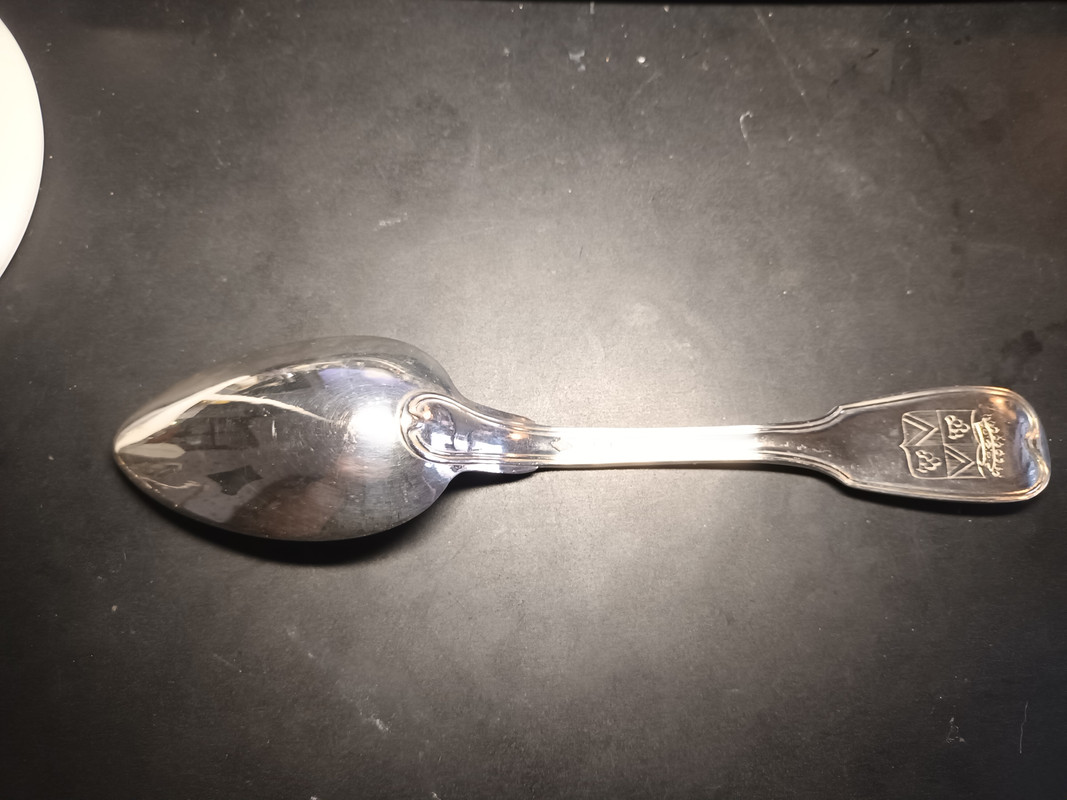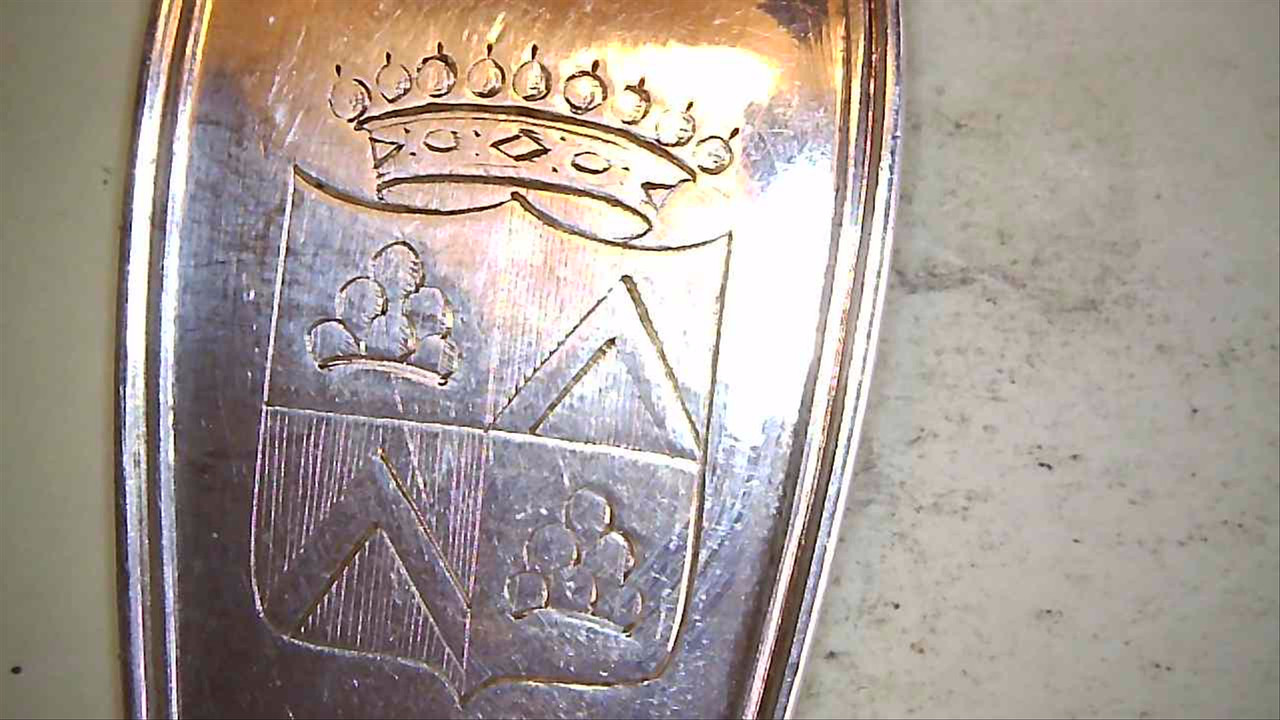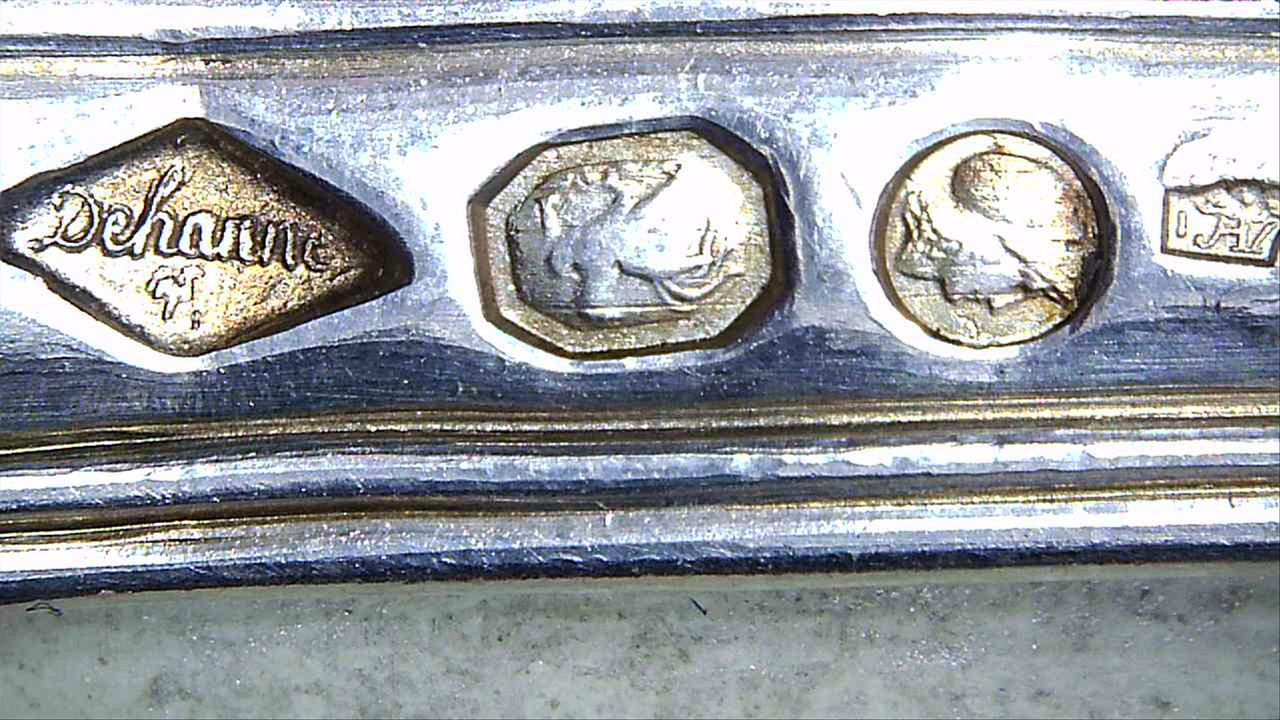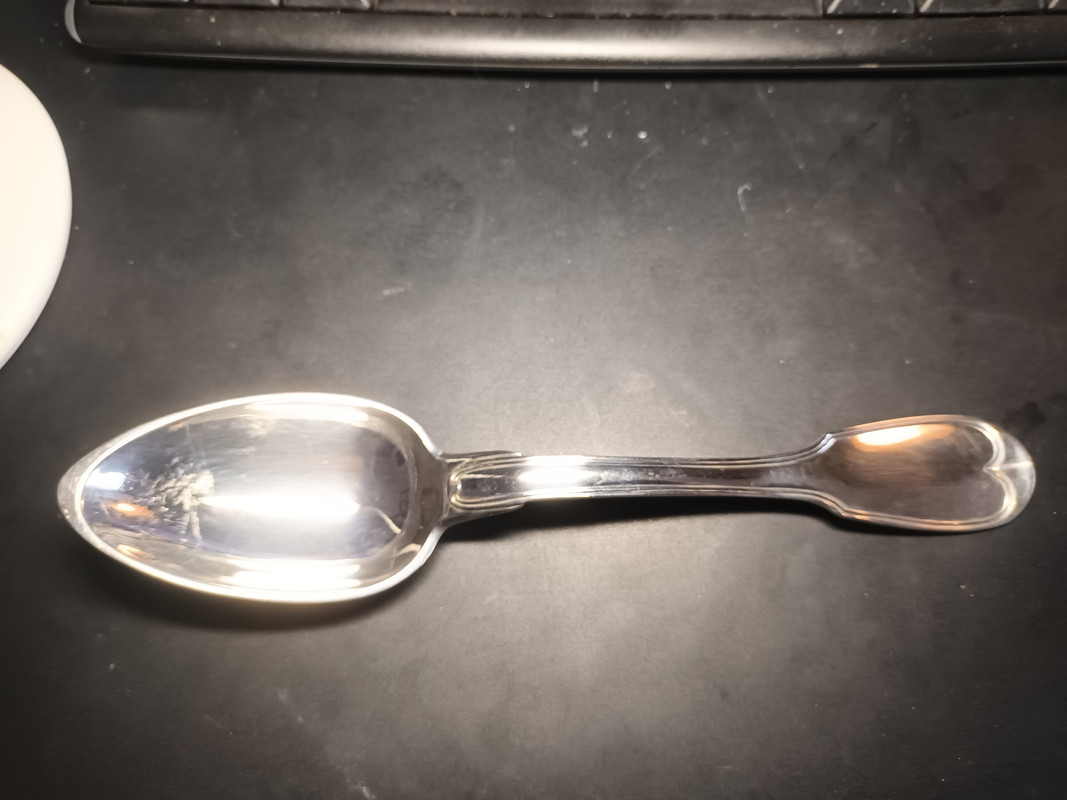I can't identify the silver hallmarks . Please help me. Maybe it is a 15 loth hamburg hallmark or maybe a austro-hungarian marks.
Lenght 21 cm weight 77 grams . Silver acid test positive - intense red.



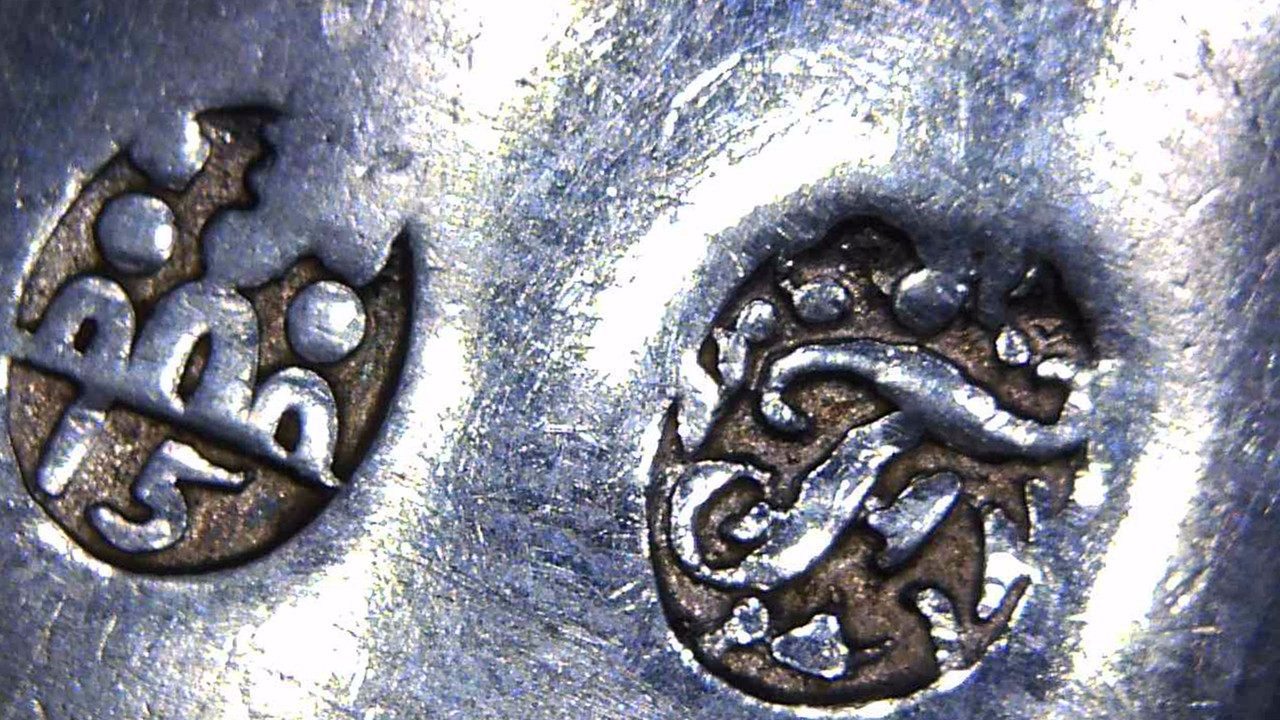
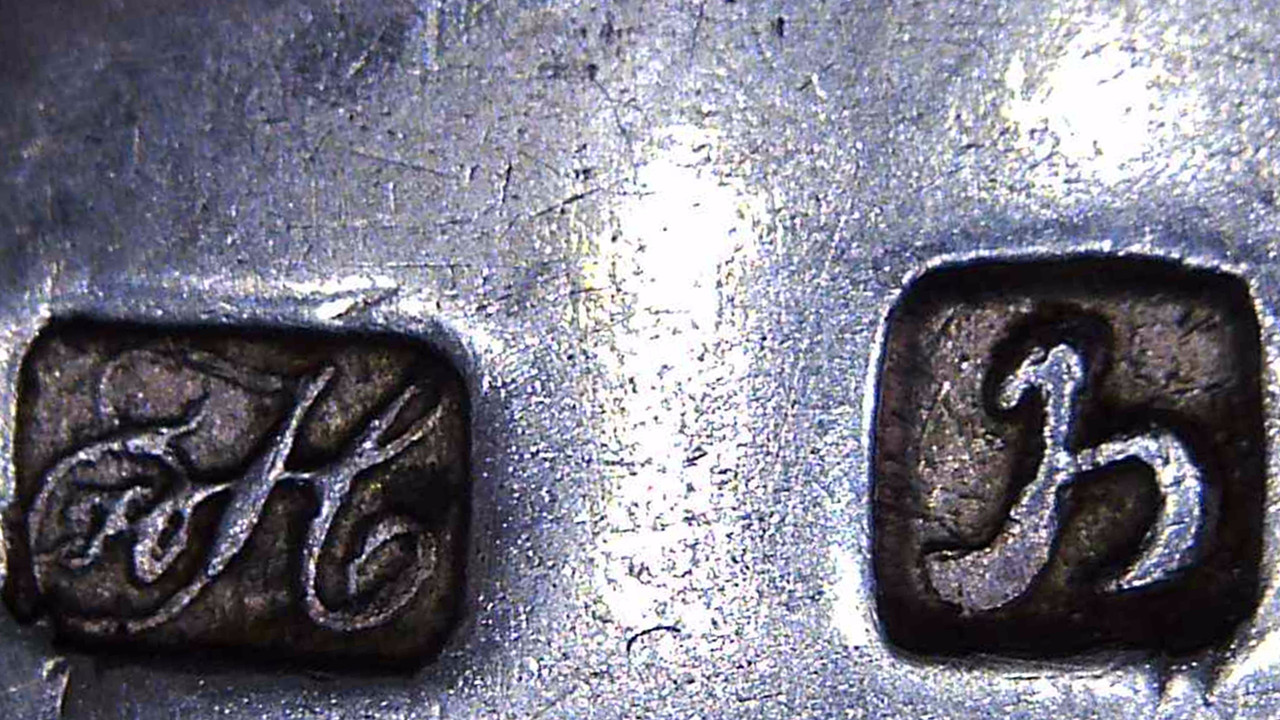
Thanks in advance.
Thank you very much.Traintime wrote: ↑Wed Jun 19, 2024 2:23 pm You can find 1817 in this project log to compare the tower style: viewtopic.php?t=37335&hilit=danish+tower&start=20
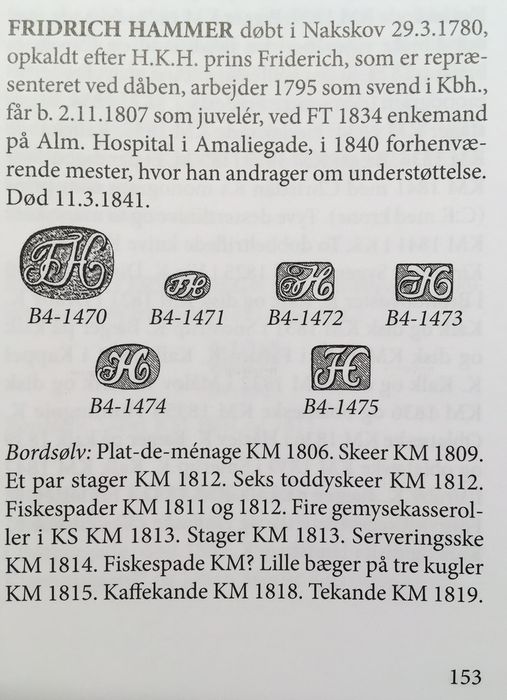
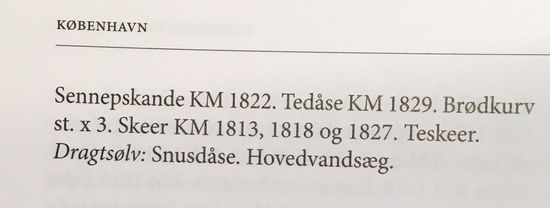
Hi, very good point sir.Aguest wrote: ↑Fri Jun 21, 2024 1:19 am ::::: I have a couple of historical/cultural questions about this fork..... :::::
::::: The way the fork is turned over with the hallmarks on the bottom and the monogram facing up, is that more consistent with the Russian style of setting the table, I believe I have read before that the forks were placed on the table with the tines down and the reverse-side of the fork placed up so that the monogram can be prominently displayed. :::::::
::::: Also, the overall style of the fork, is there a French influence on this fork? This fork seems to be in a style that is traditionally French? There was considerable French influence in Holland (and possibly Scandinavia) during the early 19th century, so I was just wondering if the style is traditionally French (maybe this was made for a person from France or a person matching a cutlery set from France who needed a replacement fork?). ::::::::::
